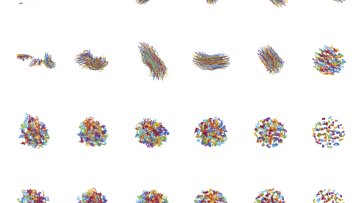Cubic fourfolds, K3 surfaces, and mirror symmetry
Abstract
While many cubic fourfolds are known to be rational, it is expected that the very general cubic fourfold is irrational (although none have been
proven to be so). There is a conjecture for precisely which cubics are rational, which can be expressed in Hodge-theoretic terms (by work of Hassett)
or in terms of derived categories (by work of Kuznetsov). The conjecture can be phrased as saying that one can associate a `noncommutative K3 surface' to any cubic fourfold, and the rational ones are precisely those for which this noncommutative K3 is `geometric', i.e., equivalent to an honest K3 surface. It turns out that the noncommutative K3 associated to a cubic fourfold has a conjectural symplectic mirror (due to Batyrev-Borisov). In contrast to the algebraic side of the story, the mirror is always `geometric': i.e., it is always just an honest K3 surface equipped with an appropriate Kähler form. After explaining this background, I will state a theorem: homological mirror symmetry holds in this context (joint work with Ivan Smith).


